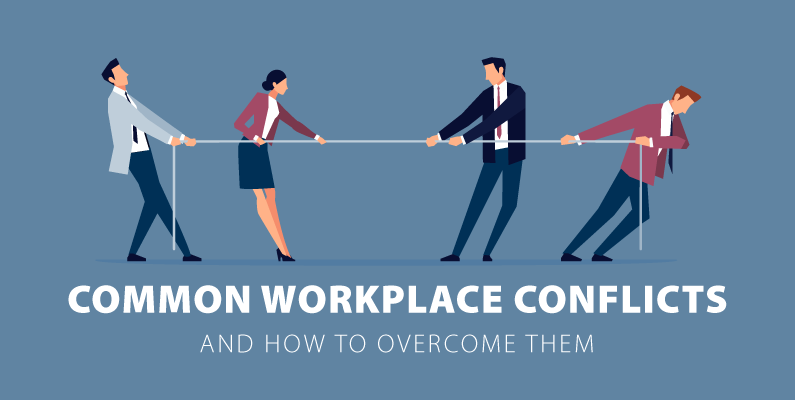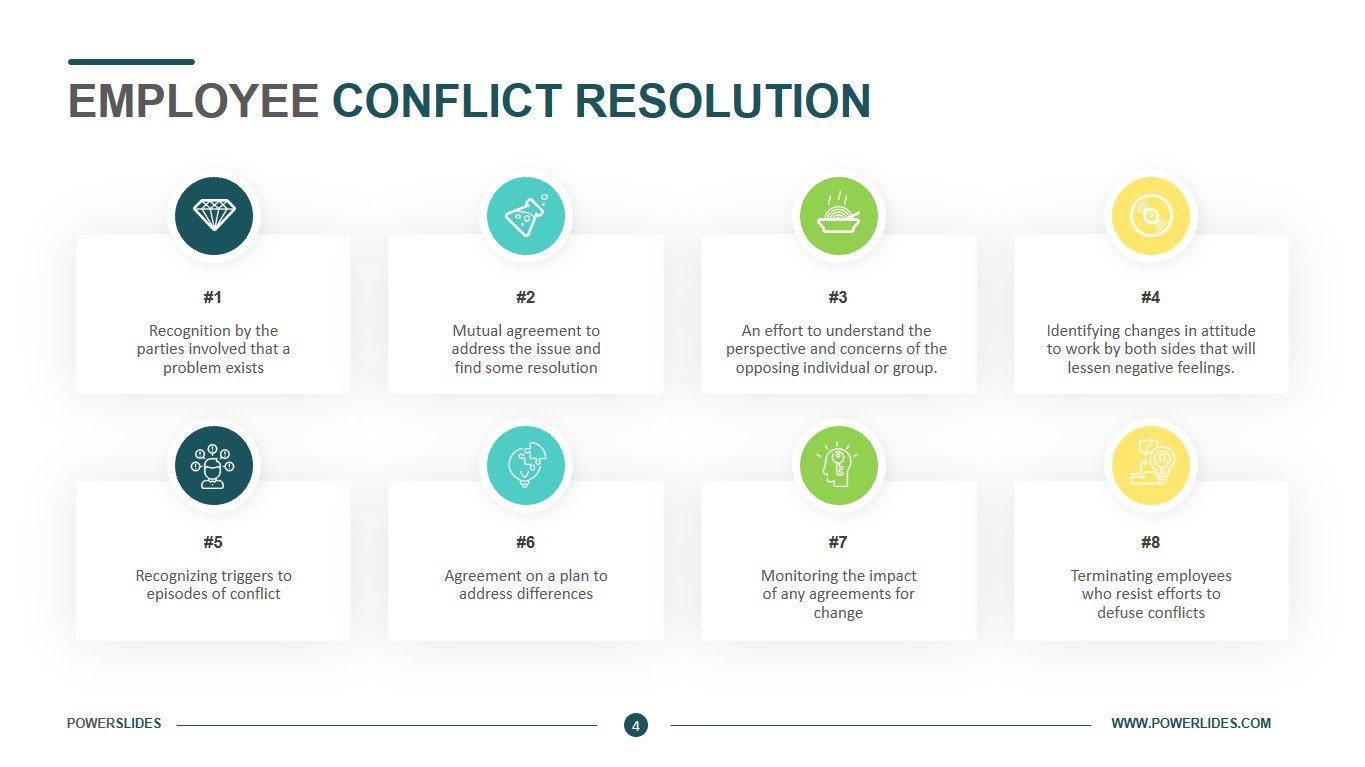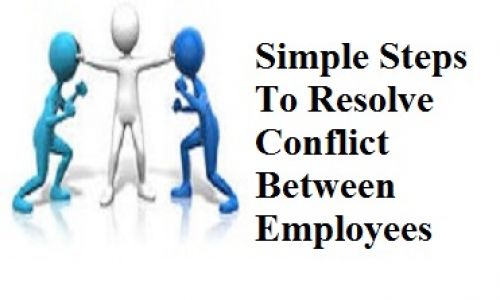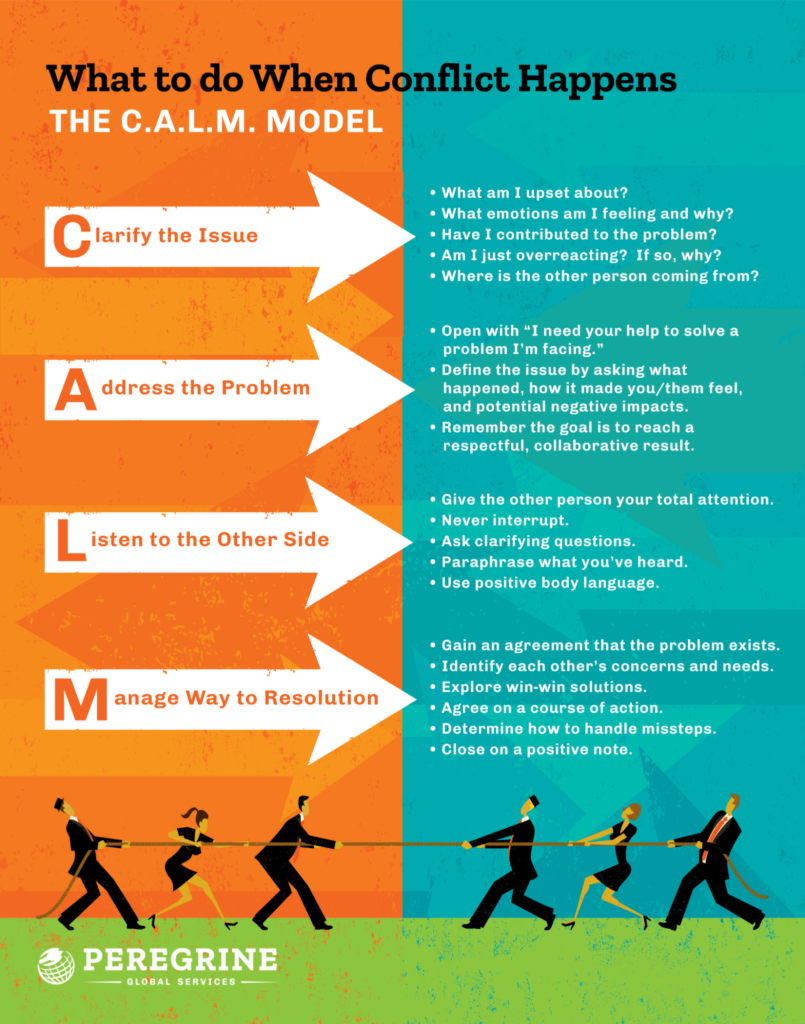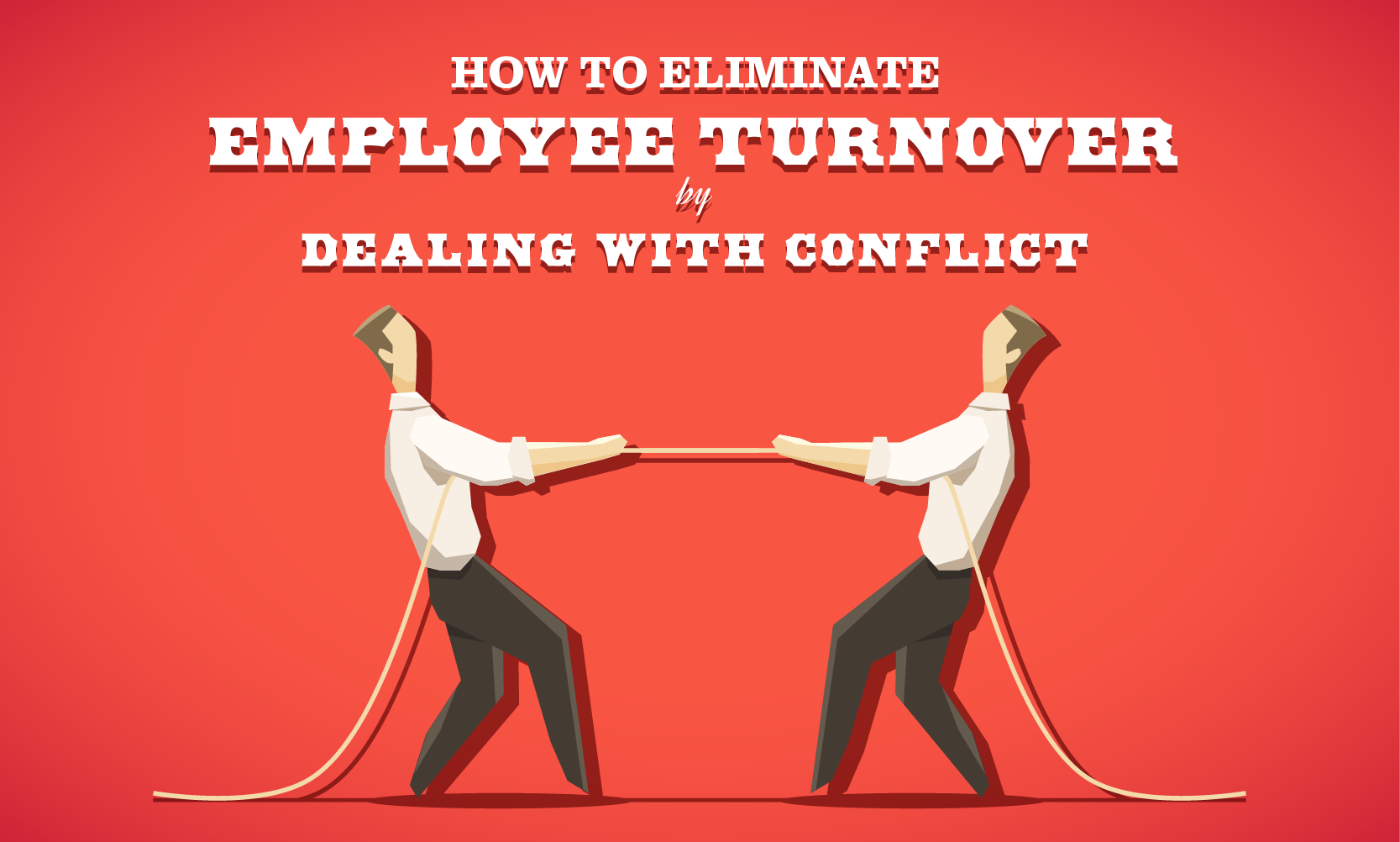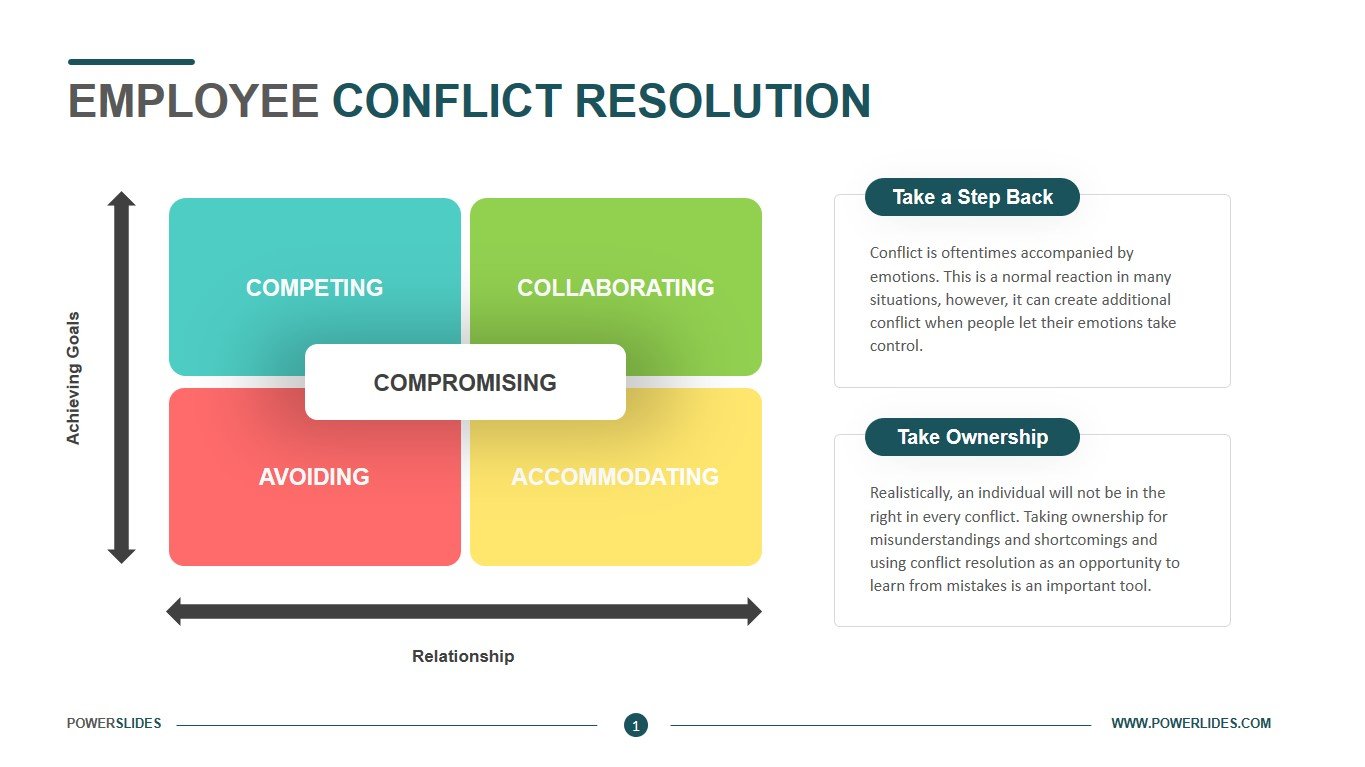How To Resolve A Conflict Between Employees
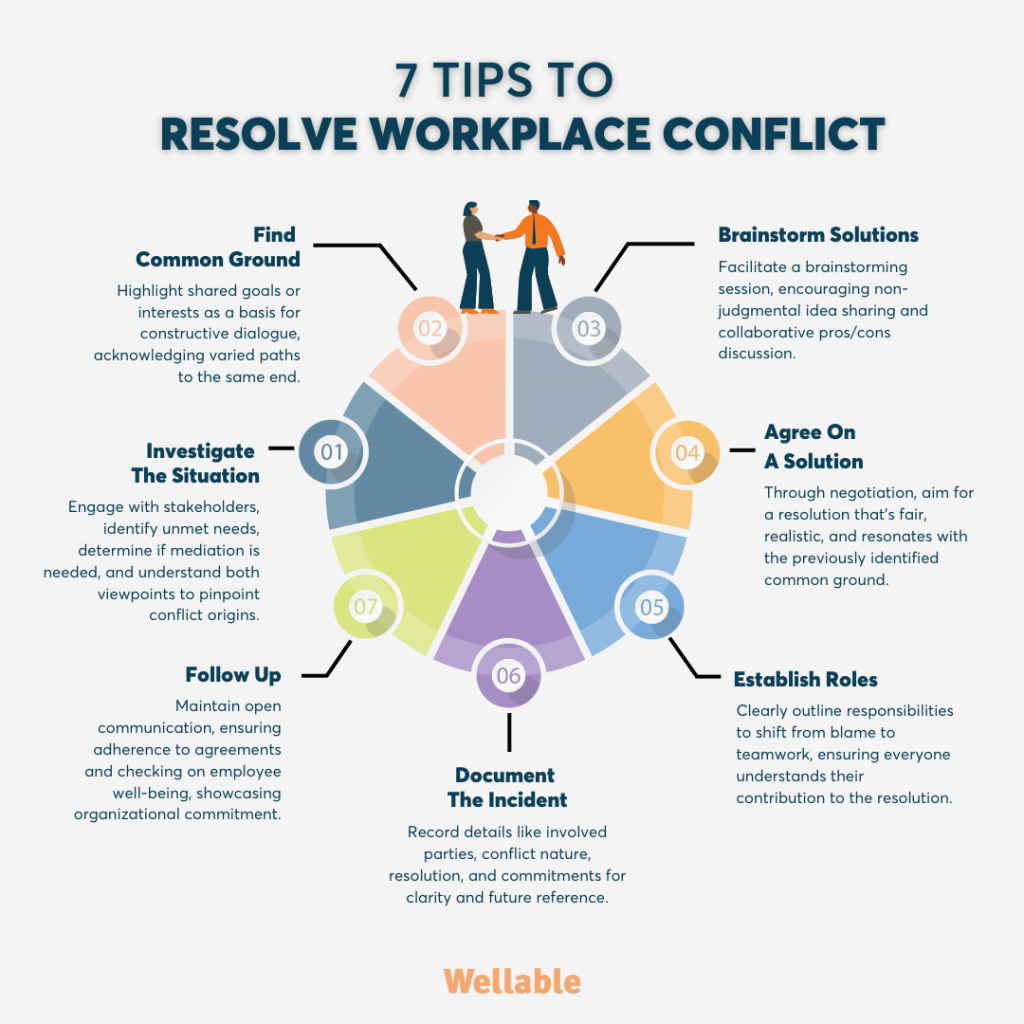
Employee conflict is escalating across workplaces, demanding immediate action from managers and HR. Unresolved disputes can cripple productivity, damage morale, and even lead to legal battles.
This guide provides a framework for swiftly and effectively resolving employee conflicts, focusing on direct intervention and clear communication to restore workplace harmony.
Immediate Steps for Conflict Resolution
1. Early Intervention is Crucial
Don't wait for a minor disagreement to explode. Actively monitor employee interactions and address tension as soon as it surfaces.
According to a 2023 study by SHRM, early intervention resolves 70% of conflicts before they escalate.
2. Conduct a Prompt and Private Investigation
Speak to each employee involved separately. Get their individual perspectives on the conflict, documenting everything carefully.
Focus on factual accounts of events. Avoid speculation and personal opinions.
3. Facilitate a Mediated Discussion
Bring the employees together for a facilitated discussion. A neutral third party (HR representative or manager) should mediate.
Establish ground rules for respectful communication: no interruptions, personal attacks, or blaming.
The goal is to find common ground and mutually acceptable solutions.
4. Focus on Behaviors, Not Personalities
Direct the conversation towards specific behaviors that are causing the conflict. Avoid making generalizations or character judgements.
Instead of saying "You're always negative," say "I noticed you made several negative comments during the meeting, which impacted the team's morale."
5. Develop a Collaborative Action Plan
Work with the employees to create a written action plan outlining specific steps each party will take to resolve the conflict. This should include timelines and measurable outcomes.
For example, this may include improved communication strategies, changes in work assignments, or additional training.
Key Considerations
Documentation is Paramount
Maintain detailed records of all interactions, investigations, and agreements. This is crucial for legal protection and future reference.
Ensure all documentation is accurate, objective, and stored securely.
Address Underlying Issues
Conflicts often stem from deeper issues like communication breakdowns, unclear roles, or unequal workloads. Identify and address these root causes.
Consider conducting a team assessment or providing additional training to address these systemic problems.
Be Consistent and Fair
Apply conflict resolution policies consistently across all employees. Avoid favoritism or bias.
Fairness is essential for maintaining trust and preventing future conflicts.
When to Escalate
If mediation fails or the conflict involves serious misconduct (harassment, discrimination, violence), escalate the matter to HR or senior management immediately.
Ignoring serious violations can have severe legal and ethical consequences.
Preventative Measures
Implement a Clear Conflict Resolution Policy
A well-defined policy provides a framework for addressing conflicts fairly and consistently. Make sure all employees are aware of the policy and understand the procedures.
Promote Open Communication
Encourage employees to communicate openly and respectfully with each other. Create a culture where feedback is valued and concerns are addressed promptly.
Provide Conflict Resolution Training
Equip employees with the skills to manage conflict constructively. Training can cover topics like active listening, assertive communication, and negotiation.
Ongoing Developments and Next Steps
Conflict resolution is an ongoing process. Regularly review and update your policies and procedures to ensure they remain effective.
According to a Gallup poll, companies that prioritize conflict resolution have 27% higher employee engagement.
Monitor the situation closely after implementing a resolution plan to ensure it is working. Be prepared to make adjustments as needed.





